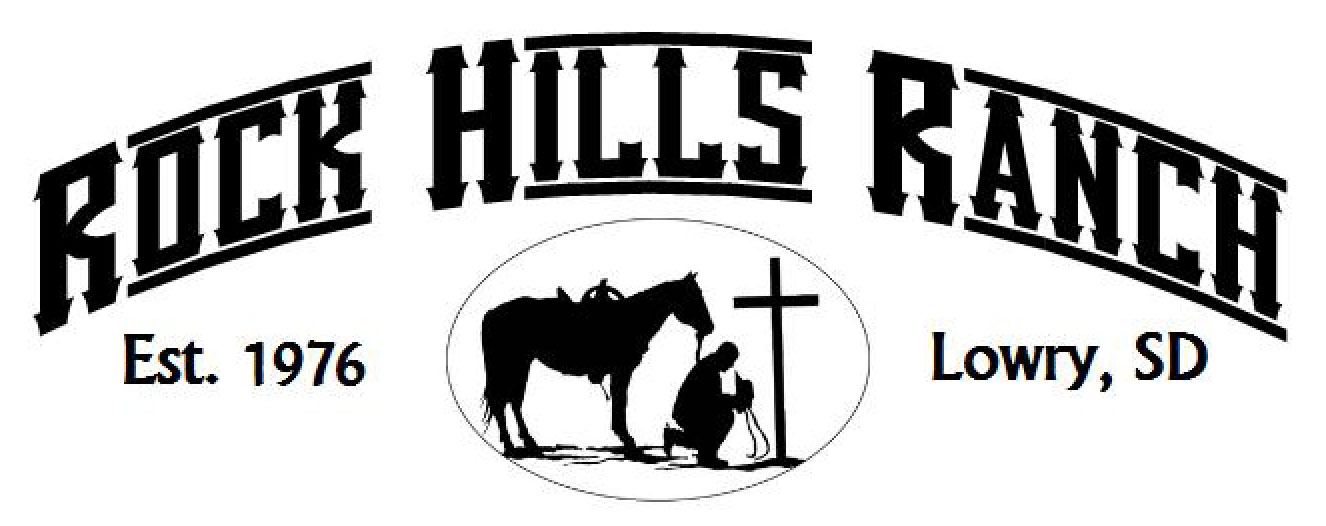Anyone who has had kids can attest to the dramatic increase in conversation pertaining to bowel movements compared to before having kids. Frequency, consistency, odor, amount, the diaper's effectiveness at containment…there's a lot to discuss.
While it isn't a common source of discussion, as a cattleman I pay attention to poop as well. Just as with little kids, I can make management decisions based on what's coming out the south end of the cows.
During the winter, our cows are often grazing corn stalks. After the grain is harvested, there is still a lot of feed value out in the field. There are always a few ears of corn that are missed by the combine. That usually doesn't amount to much though. It's the husks and leaves that make up the majority of the fodder.
Cows trailing in for water while grazing cornstalks
The cows always eat the best stuff first. To a cow, "best" means "most nutritious". If my cows are in a pasture for a week, their diet from Sunday through Wednesday will be more nutritious than from Thursday through Saturday. One way to judge the quality of the diet is by looking at their poop. We'll call them "dung pats", which seems more adult-like.
Remember, cows have a four-chambered stomach, specially made to digest forage. When a cow's diet is low in protein, they can't digest forage as well. Protein actually doesn't feed the cow – it feeds the microbes in the cow's rumen (one of the four stomach chambers). The microbes are what actually break down the carbohydrates in the forages so the cow can get energy out of it. Too little protein means fewer microbes, which leads to poor digestion and therefore less energy.
Here's a picture of a dung pat from a cow that isn't getting enough protein:
The "stacked cookie" look is a dead giveaway. You can also see some plant fibers in the pat. The lower the protein, the longer the fibers are. Now, don't get too concerned. This cow isn't starving or malnourished. She is probably losing a little bit of weight though. I wouldn't want to keep her on this level of nutrition for too long, especially if she is in her last trimester of pregnancy.
Having too much protien isn't great either. Remember what the cows are eating? Dry, mature plant material. Not real high in protein. Early in the winter, when the cow is in mid-gestation, her nutrient requirements aren't very high. The corn husks and leaves will meet her energy and protein requirements without much, if any, added protein. However, as winter wears on and her fetus keeps growing, her nutrient requirements ramp up. Additionally, the plant material weathers and quality slowly declines. The energy is still there, the cow (actually her rumen microbes) just needs a little more protein to capture it. There are several ways to supplement protein. Alfalfa hay, ethanol byproducts (aka distillers grains), and commercial feeds are common in our area. Whatever it is, it costs money. Feeding more protein than is necessary increases costs without any real benefits.
The dung pat below came from a cow who has more than enough dietary protein.
Notice the "splat" effect. "Splat" isn't what we're going for. It's the cow-equivalent of a blowout diaper. This dung pat was dropped two days after being turned onto fresh cornstalks. I'm not too worried about it though, since it was early in the graze period and there weren't very many that looked like this. If there was a high incidence of "splat" in the herd, I'd back off the protein supplement until they started looking more like the next photo.
This cow is getting about the right amount of protein. No cookies, no splat. More of a soft "plop" effect. You can still see some fibers, but they are shorter than in the first photo. A few corn kernels in the mix tells me she's finding some dropped ears under the snow, which provides a little extra energy. Too much corn isn't good though, as the starches in corn change the pH in the rumen, which kills off the microbes that digest the forages. Too much energy for too long also can lead to excessive hoof growth, which makes the cow lame. I don't have a numerical threshold of kernels-per-poop-pile, but this looks about right.
All three of these pictures were taken in the same field. How is that, you say? All three cows have access to the same forage, so why the difference? Grazing is a skill. Some cows are better at finding the good stuff than others. Maybe the first cow just doesn't have as good a digestive system as the others. Maybe the second one went on a late-night protein supplement binge. I just go on the average of the field when I'm poop-checking.
We're about 60 days from calving season, so these girls are needing higher levels of nutrition as the days go by. I'm paying close attention to their dung pats to make sure they are maintaining or gaining weight from here until the grass greens up. I do that by supplementing protein as necessary, but also by moving them to fresh cornstalks sooner. What I used to graze in 7 days, I might now only graze for 4 or 5 days before moving on.
I guess sometimes BS is something that needs to be taken seriously.




